No products in the cart.
Geography of Phu Quoc Island
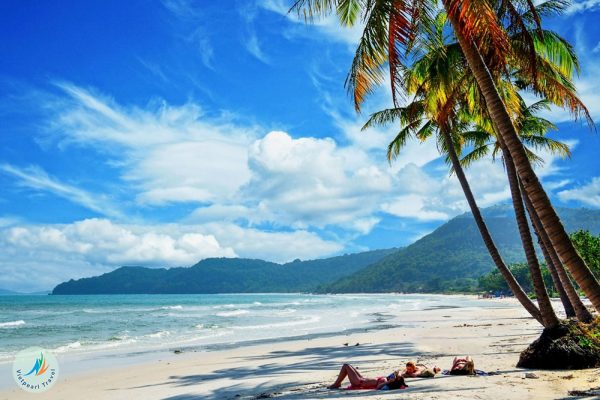
” Phu Quoc Island is known as a paradise with white sand beaches and blue water, the wind gently blows through coconut groves to make a feeling of peace.“
Being the largest island in a group of 22 islands and also the largest island in Vietnam with an overall area of 589.27 km², 50 km long, 25 km wide in the north of the island, Phu Quoc reaches the highest peak of 603 m at Chua Mountain in Phu Quoc National Park. The natural terrain gently runs from north to south with 99 mountains and hills. The sea around the island is shallow with a depth of less than 10 m. However, the small island cluster of An Thoi port is completely separated from the southern edge of the island by a strait with a depth of more than 60 m. Located 120 km from Rach Gia City and 45 km from Ha Tien Town, Duong Dong Ward is the main center of Phu Quoc Island City. In 2006, the coastal sea biosphere reserve of Kien Giang including Phu Quoc island were recognized by UNESCO as a World Biosphere Reserve.
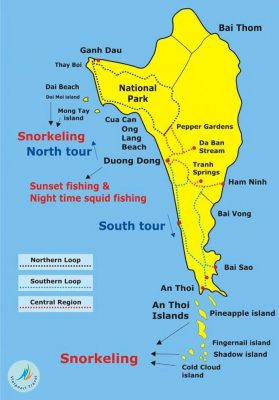
Contents
Population
With a current population of 179,480, Phu Quoc city is oriented toward developing industry and tourism, the target is to make this place becoming one of the leading resort destinations and also a must-to-see destination in Vietnam. For that reason, Phu Quoc tourism is being invested strongly in transport infrastructure, accommodation facilities, hundreds of resorts and restaurants. Many direct flights both domestic and inbound tourism were established.
Climate
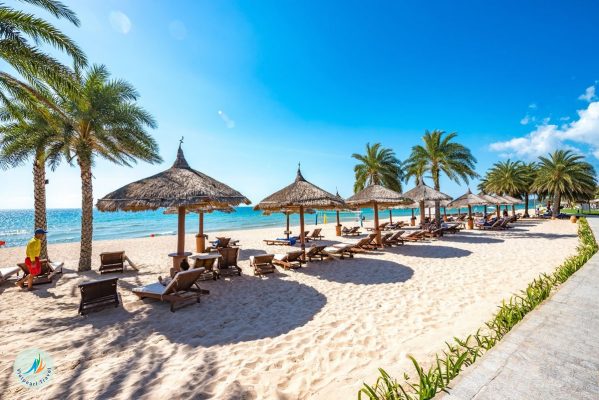
Due to the low latitude and deep location in the Gulf of Thailand, Phu Quoc Island is favour with the tropical monsoon weather, mild climate all year round with two distinct seasons as follows:
- The dry season starts from October to April next year, influenced by the northeast monsoon with relatively strong intensity, the average wind speed varies from 2.8 – 4.0m/s, and the strong speed reaches from 20 to 24 m/s. The average humidity is 78%, the highest temperature is 35oC in April and May, and the average is about 27-28oC. The dry season is also an ideal time for travelling Phu Quoc to enjoy the clear blue sky and calm sea with an unlimited view at the beaches on the west side of the island.
- The rainy season runs from May to the end of September, it is influenced by the west-southwest monsoons with an average speed of 4.5 m/s. Strong winds often occur from June to August, the average rainfall is 414 mm/ month. The rainy season is cloudy and the humidity is from 85 to 90%, creating a pleasant feeling of coolness and freshness, the scenery of nature and creation seem to be greener and more attractive under the rain, especially the seascape at the beaches of the East and South of the Island.
Not only the sea clear with jade color, the sandy beaches stretch from coconut groves and embrace the beautiful waves, but also Phu Quoc is a place for visitors to feel the busy life of fishermen living under peaceful fishing villages, they smile with pleasure because of fresh sea products after a fishing trip.
Forest and marine ecosystems
Plant Ecosystem
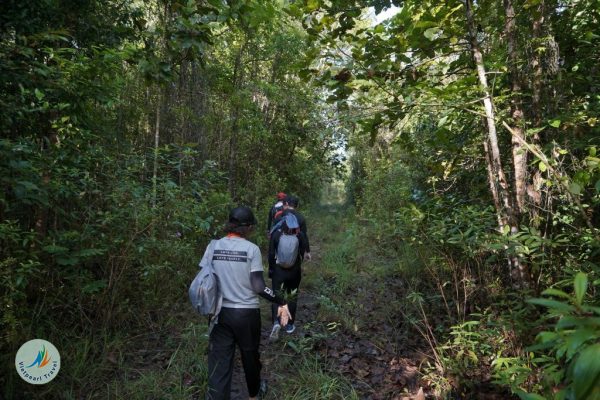
Phu Quoc also has ecosystems that have been recognized as Phu Quoc National Park by the Prime Minister according to Decision No. 91/2001/QD-TTg dated 08/06/2001, based on the areas of the North Island Nature Reserve, the area of Ham Rong mountain, Ganh Dau, and Cua Can. The vegetation here is mainly evergreen forest growing on low hills with a total number of up to several hundred species including magnolia species, orchid species, precious medicinal herbs, and other parasitic life
With a total area of 31,422 hectares, it is divided into 3 strictly protected zones, an ecological restoration area, an administrative area, and a service area. Phu Quoc National Park gives travelers a fresh and cool feeling because the natural beauty of the primeval forest is covered with a green color, the beauty of the streams, the melodious song of birds and the rustling sound from the leaves.
Animal Ecosystem
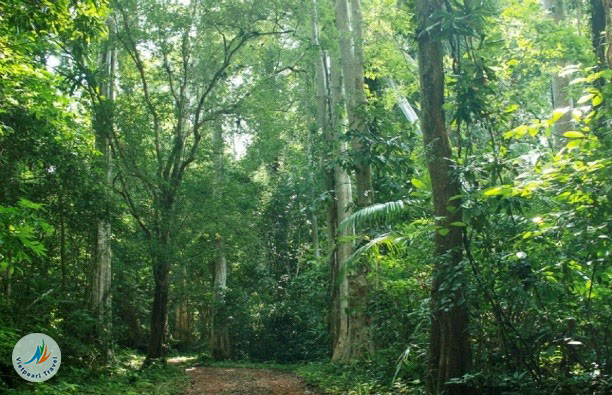
The fauna includes 30 species of mammals, in which there are several species recorded in the Red Book of Vietnam such as wild wolf, and white monkey; 200 species of birds with 4 species recorded in the Red List and 3 species recorded in the Vietnam Red Book; 50 species of reptiles, of which 9 are listed in IUCN and 18 are listed in the Red Book in the country
Marine Ecosystem
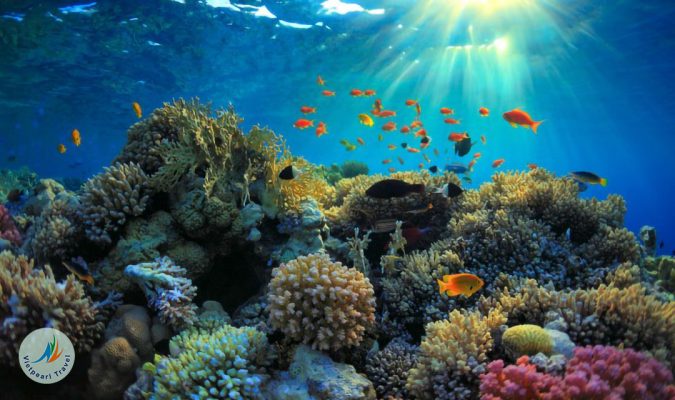
The marine ecosystem of Phu Quoc is also varied with coral reefs in different shapes and sizes under clear seawater. It has nearly 100 species of hard coral, nearly 20 species of soft coral, and 62 species of seaweed. In addition, the fish fauna in the marine coral reefs is also very abundant, including some rare species such as giant clams, female snails, tortoises, and sea cows. In addition to the fish, Phu Quoc seawater also contains many other valuable seafood species such as shrimp, squid, crabs, jumping snails, pearl, mussels, cockles, shellfish, silk clams, octopus, sea cucumbers and seahorses.
With a rich ecological system of forests and sea, Phu Quoc National Park is one of the main natural reserve centers of our country, which is preserved, developed, and continues to breed and collect wild rare, and endangered animals.
From the center of Duong Dong, go to the primeval forest in only about 35km to find a sense of peace and even more to relax when enjoying local specialties, it’s great!
Phu Quoc island has dramatically grown and formed into the coastal city of Phu Quoc nowadays by the development of tourism and real estate. These two factors will set in motion to build a strong economic – cultural – social belt of Phu Quoc in the coming time.
Information about Phu Quoc Tour:
From: USD 124 to 150 / 1 Person (Group of 4)
Website: https://vietnampleasetour.com
Email: vietnampleasetour@gmail.com

